Last updated on April 19, 2024

Child of Alara | Illustration by Steve Argyle
Ever wondered what the terms Jeskai or Selesnya mean? Or why are there many old cards with the mana symbols in its mana value instead of , or color combinations like or ?
Today, we’re diving deep into MTG’s mana symbols and the order in which they appear on cards. We’ll also see why Atraxa, Praetors' Voice and Witch-Maw Nephilim have their mana values the way they do and not just some random organization. But we still don’t know why Nephilim aren’t errata’d to be legendary.
Stay with me, and together, we’ll demystify this mana symbol and learn some things along the way.
What Order Do the Mana Symbols Go In?
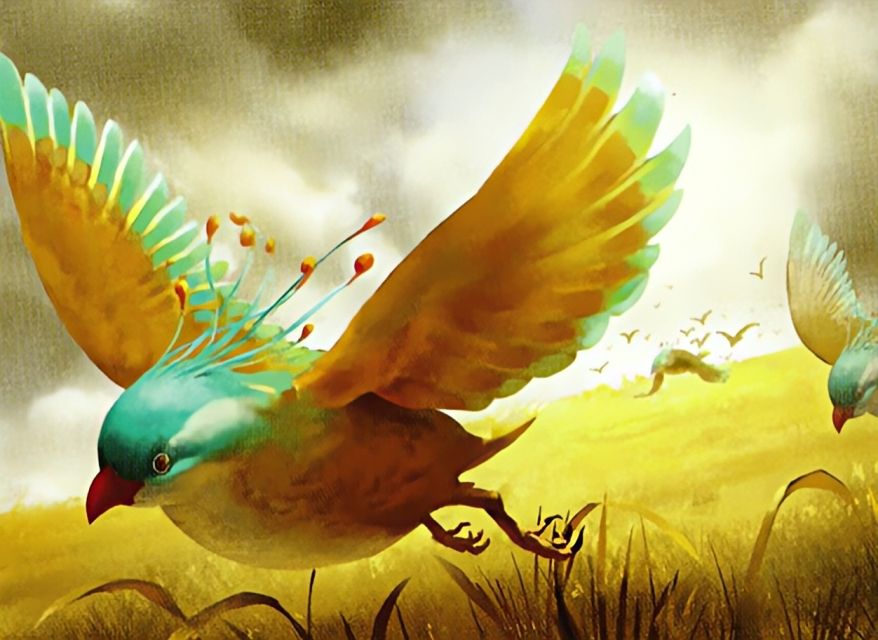
Colorful Feiyi Sparrow | Illustration by Kee Lo
The most recent convention follows the color symbols on the back of a MTG card in clockwise order.

In clockwise order, the colors are white, blue, black, red, and green, and those form the acronym WUBRG. It’s like saying a word: Woo-berg. Any combination of colors on modern Magic cards have this convention. This order of mana symbols also defines the allied colors and the enemy colors. The allied colors are close to each other, so white is allied with blue and green while black is allied with red and blue. Colors that aren’t allies are enemies, so following this logic, white is the enemy of red and black. There are ten color pairs in total, 5 allied and 5 enemy color pairs.
So, we want to know in which order the mana symbols appear in the mana value of the card, right? For allied pairs, it’s simple: just follow WUBRG, considering the closest distance between letters. So, , , , , and . This logic applies to 3-colored and 4-colored card as well: , , you get the idea.
For enemy-color pairs, you need to figure out the shortest distance. Let’s take red and white as an example. I’ll start with W, jump blue and black to arrive at R. Or I can start with R, jump green and arrive at white. That’s actually closer, so let’s stick with instead of . Applying this logic to all enemy color pairs, we have , , , and .
Granted, it wasn’t always like that. Old sets like Mirage, Legends, and Tempest had different mana symbol orders, while sets like Khans of Tarkir changed them on purpose according to the particular needs of the set.
What Order Do Hybrid Mana Symbols Go In?
Following convention we have:
Allied color hybrid symbols
- – white/blue
- – blue/black
- – black/red
- – red/green
- – green/white
Enemy color hybrid symbols
- – white/black
- – blue/red
- – black/green
- – red/white
- – green/blue
In the case of enemy colors, you need to skip a color symbol, so for example, beginning on white, you skip blue to reach black, so white-black . Starting on blue, skip black to reach red, so blue-red . Doing this for all five colors yields the five enemy color pairs.
What About Phyrexian Mana?
Phyrexian mana usually replaces the colored mana from a card, like in Dismember or Gut Shot. Simply replace a red mana for the possibility to play either red mana or 2 life. Dismember can be paid with 4 life, 2 life and a black mana, or just 2 black mana. On cards that have both colored mana and Phyrexian mana, like in Nissa, Ascended Animist, the Phyrexian mana symbols are placed after the colored mana. Another nice example is the card Omnath, Locus of All, a card that follows the WUBRG order of mana, but the black mana is replaced with a black/Phyrexian one.
On the few cards that use Phyrexian hybrid mana, like Lukka, Bound to Ruin or Ajani, Sleeper Agent, the hybrid Phyrexian mana stays in the middle of the colored mana symbols, and the color of mana follows the WUBRG order. Looking closer at Lukka, Bound to Ruin, its cost is , /p, . We see that the possible costs to play Lukka only with colored mana would be or . Following , first we have red then green, so the hybrid mana sits in between and .
What Was the Old Color Order System?
The old color order system followed WUBRG statically. So, you would always start on the left side of WUBRG and go to the right. So, blue-green , white-green , and white-red would be the norm. You can see this on old cards like Soltari Guerillas, Wood Sage and Reclamation. This color system was used in Tempest, Ice Age, and Chronicles.
Today, since we use WUBRG in clockwise order, which gives us something like WUBRGWUBRG, we can see that the shortest distance for these color pairs is green-white , green-blue and red-white .
Why Did Khans of Tarkir Change Some Three-Color Orders?
According to MTG Head Designer Mark Rosewater and Lead Developer Erik Lauer, they were concerned about people not getting the basic drafting strategies in Khans of Tarkir. For example, in the Abzan you’re supposed to combine cards with cards. If you see a card, you’ll quickly realize that black combines well with white and with green, so it’s a good idea to play cards together with cards. So they changed the color order from to .
Also, by joining the enemy color pairs graphically via their common color in the center, you’ll show players that it’s better to draft enemy color pairs than allied colors. After some time, this mana symbol convention became the norm, and we can see the change in the mana symbols for cards like Ghave, Guru of Spores, which originally had the mana symbols in order, and the order in recent printings.
What Was the Color Order in Legends?
Legends was a MTG set that didn’t have a clear pattern for mana symbols. For example, Sol'kanar the Swamp King has a mana value of while Nicol Bolas has in its mana value. A card like Lady Orca costs , while Adun Oakenshield costs , so there’s great inconsistency among the order or mana symbols. Rubinia Soulsinger costs and Angus Mackenzie costs in the same set, so what were they thinking?
Clearly, there wasn’t a convention in place, so we can’t make any pattern out of this. There’s something of a rule in place but there are exceptions that break it. These color order differences were sorted out in Chronicles, which reprinted a bunch of the multicolored legendary creatures from Legends.
What Are Color Wedges, Shards, and Guilds?
Wedges
Wedges were introduced in Khans of Tarkir, and they’re the 5 combinations of 3-colored decks that have a color and its two enemy colors. So, Azban is made up of the two enemy color pairs that have black, and , and so on. With wedges, you want to get a color and link it to the two enemy colors it has, thus producing five wedges.
- – Mardu – White wedge
- – Temur – Blue wedge
- – Abzan – Black wedge
- – Jeskai – Red wedge
- – Sultai – Green wedge
Shards
Shards were introduced in Shards of Alara, and they’re the 5 combinations of 3-colored decks that have a color and two allied colors. So, Bant is made up of the two allied color pairs that have white, and . And so on. With shards, you want to get a color and link it to the two allied colors it has, thus producing five shards:
- – Bant – Shard centered in white
- – Esper – Shard centered in blue
- – Grixis – Shard centered in black
- – Jund – Shard centered in red
- – Naya – Shard centered in green
Guilds
Guilds were introduced Ravnica: City of Guilds, and they’re the 10 possible combinations of two-color decks, divided between 5 allied color pairs and 5 enemy color pairs. These terms are used to name two-color decks:
Allied guild symbols
- – Azorius – white/blue
- – Dimir – blue/black
- – Rakdos – black/red
- – Gruul red/green
- – Selesnya – green/white
Enemy color symbols
- – Orzhov – white/black
- – Izzet – blue/red
- – Golgari – black/green
- – Boros – red/white
- – Simic – green/blue
The guilds brought an important innovation to MTG. Before Ravnica, allied color pairs were the norm, both in theme and gold colors. After Ravnica, WotC started to treat all the 10 color pairs as equally important. After the original Theros set, having at least 1-2 cards from each color pair became the norm, especially for Limited themes and balancing.
Wrap Up
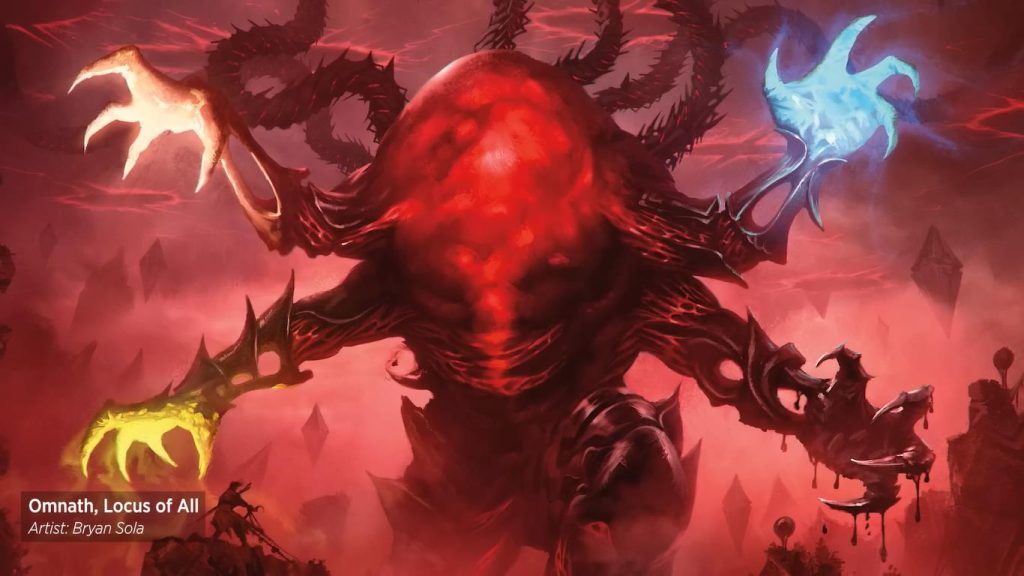
Omnath, Locus of All | Illustration by Bryan Sola
And now we know the rules for ordering mana symbols on cards. WotC shakes things up here and there by mixing mana symbols, Phyrexian symbols, and hybrid symbols, but the same logic applies. And we also saw that some sets like Legends didn’t have clear rules regarding the order of mana symbols.
I hope you’ll also get MTG lingo like Jeskai or Selesnya better after reading this. Are we clear on this, folks? Any questions you might still have? Let me know in the comments section below or leave a tweet at Draftsim Twitter.
Thanks for reading, and stay safe out there.
Follow Draftsim for awesome articles and set updates:
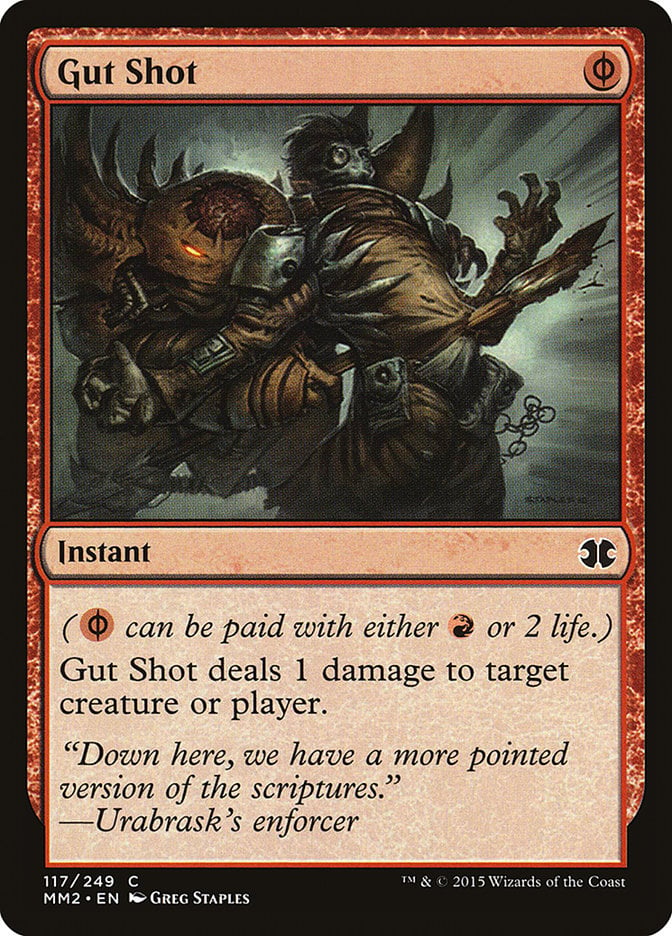
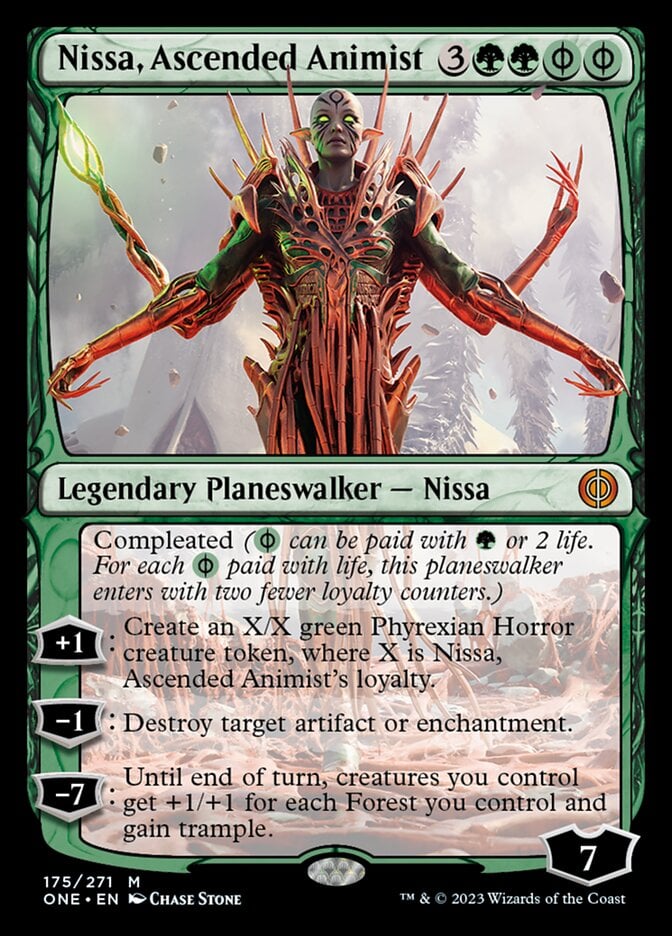


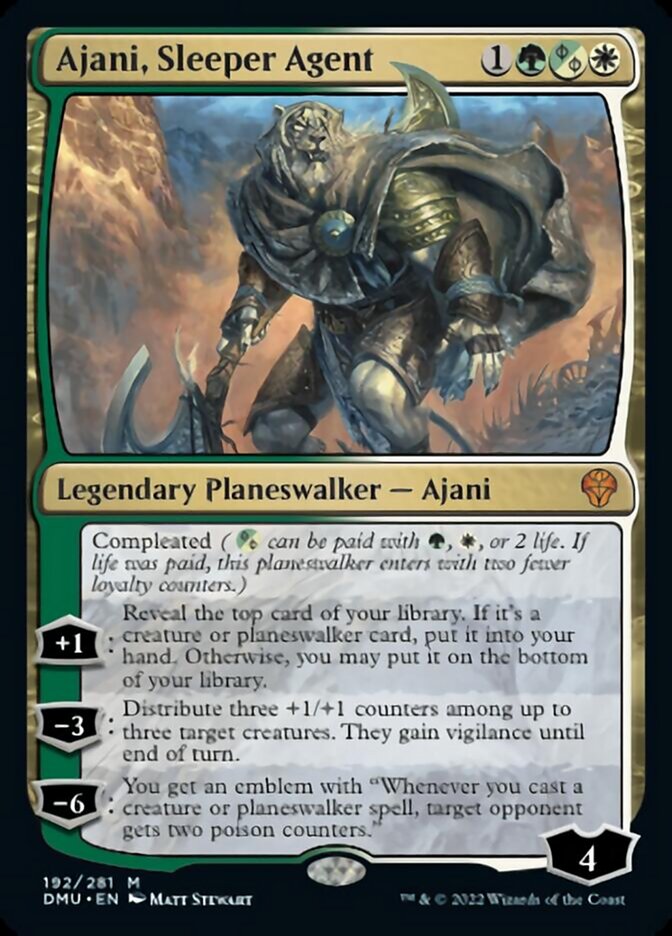
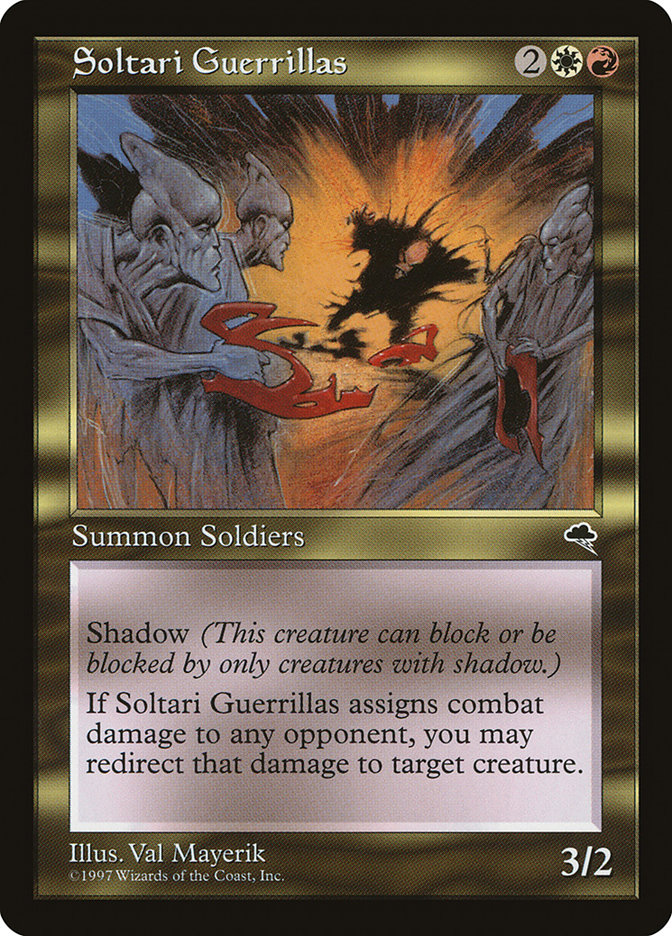
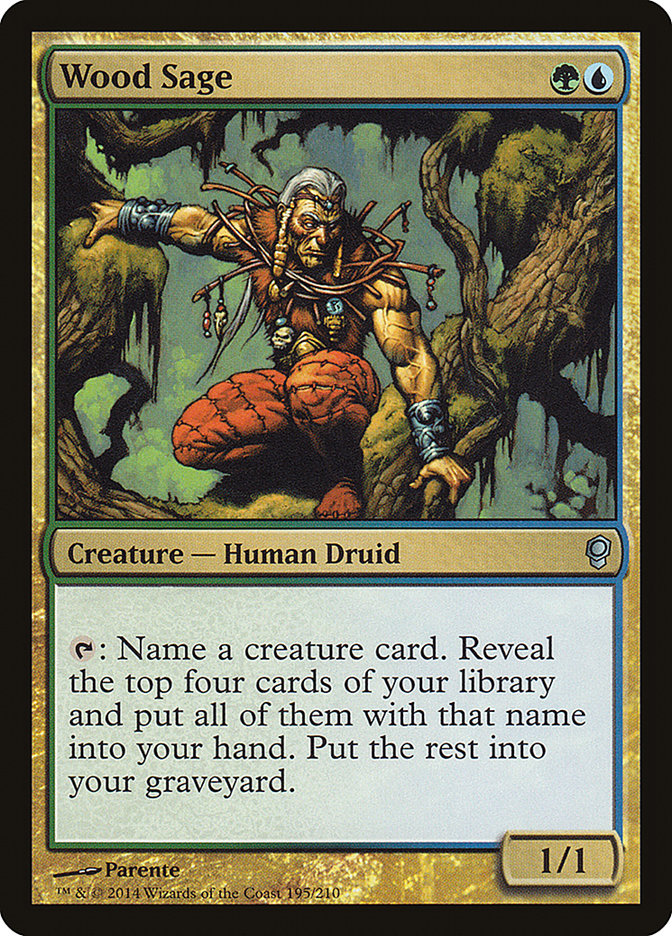
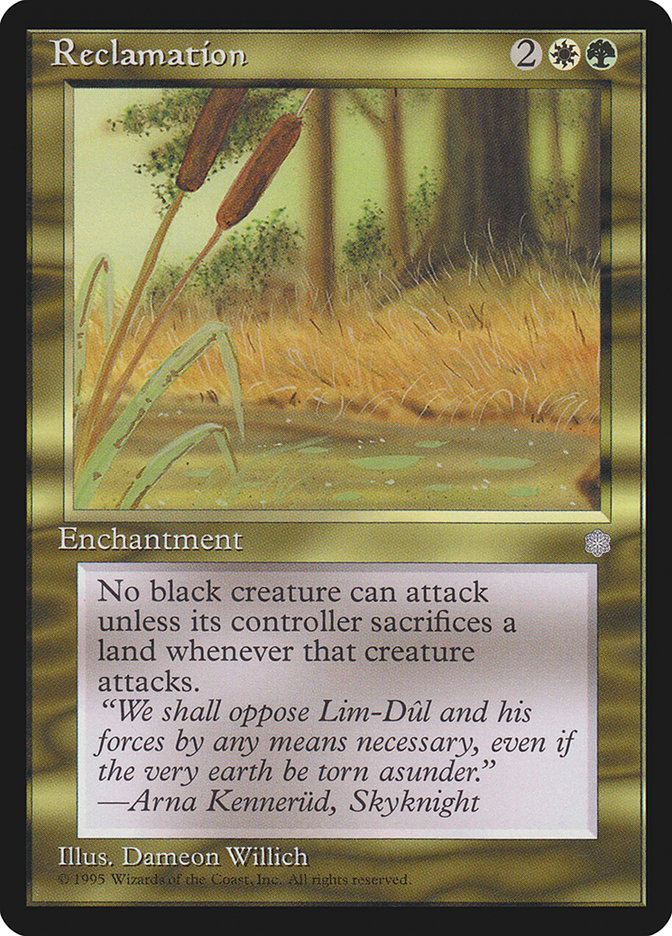
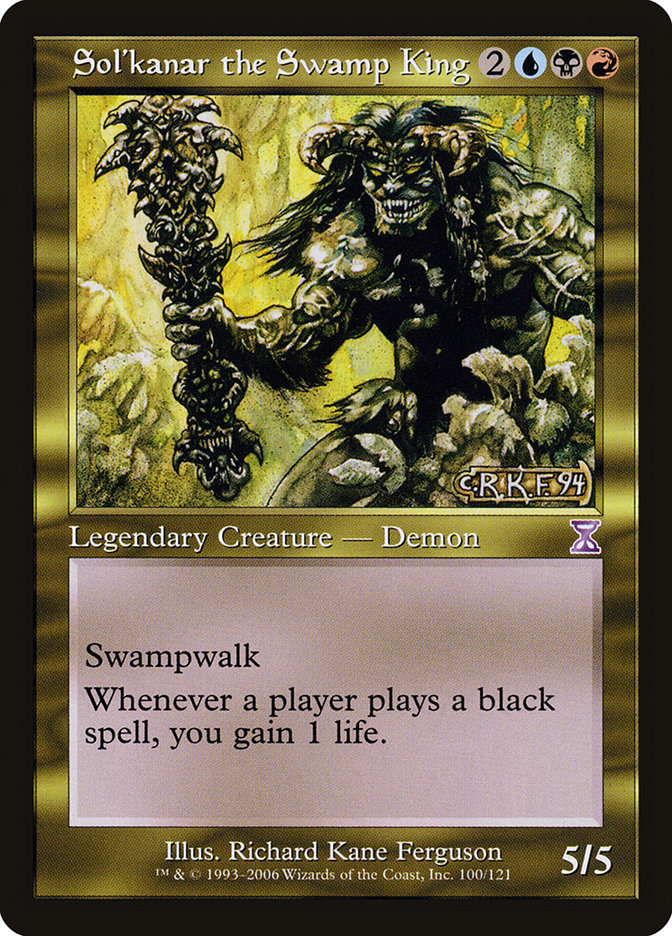
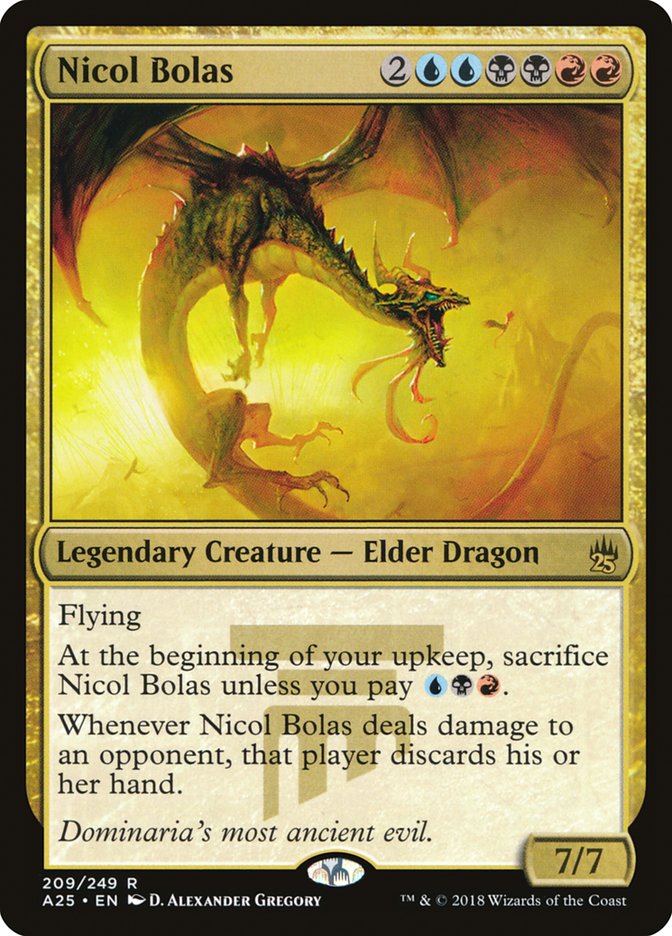
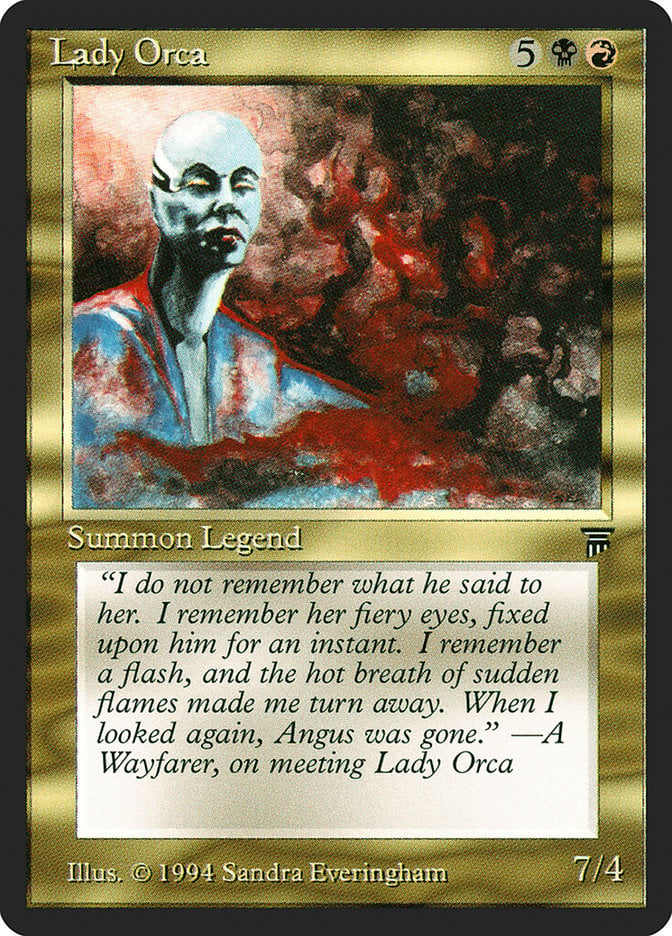



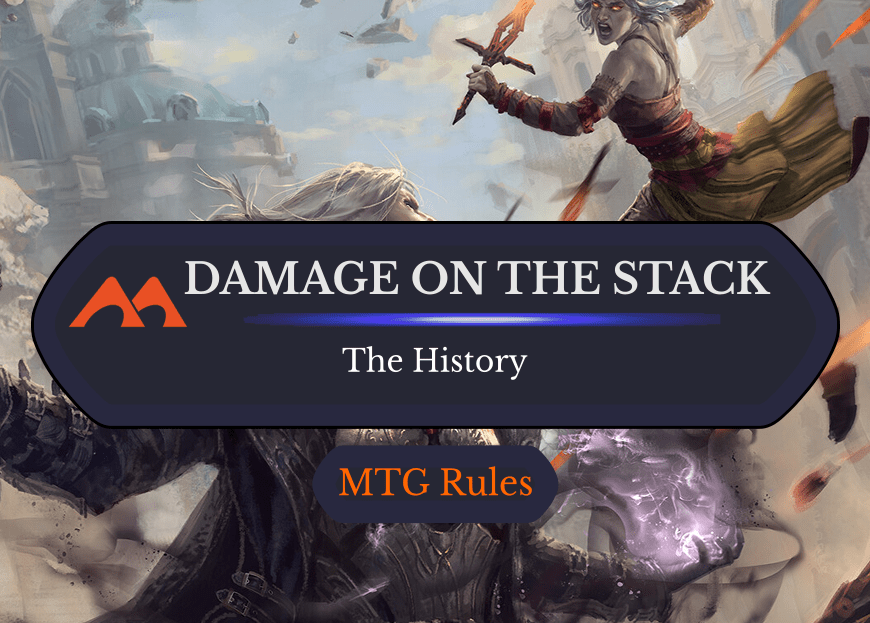

1 Comment
Similar story; I start at Revised and traded a Fork for two Serra Angels.
#IRegretEverything
Add Comment